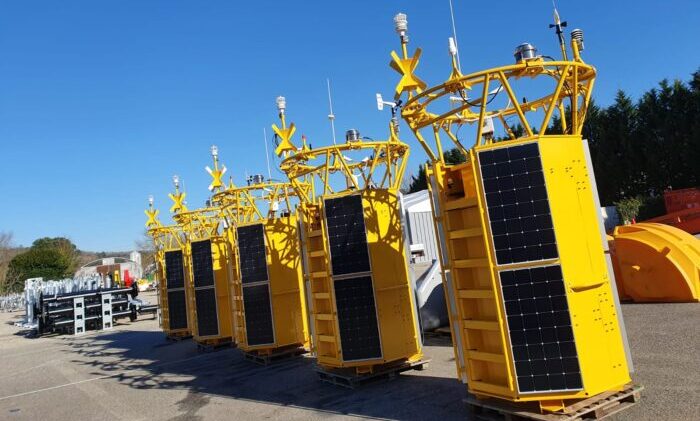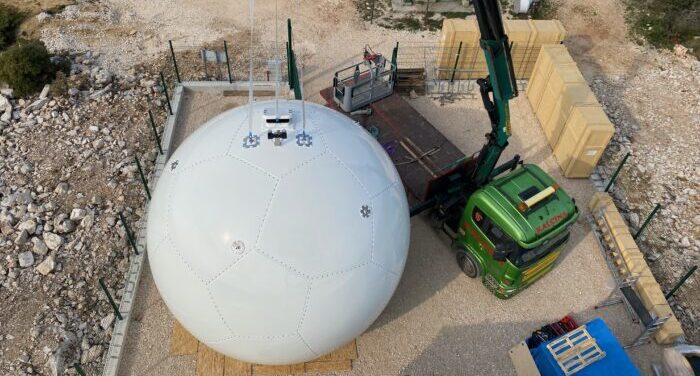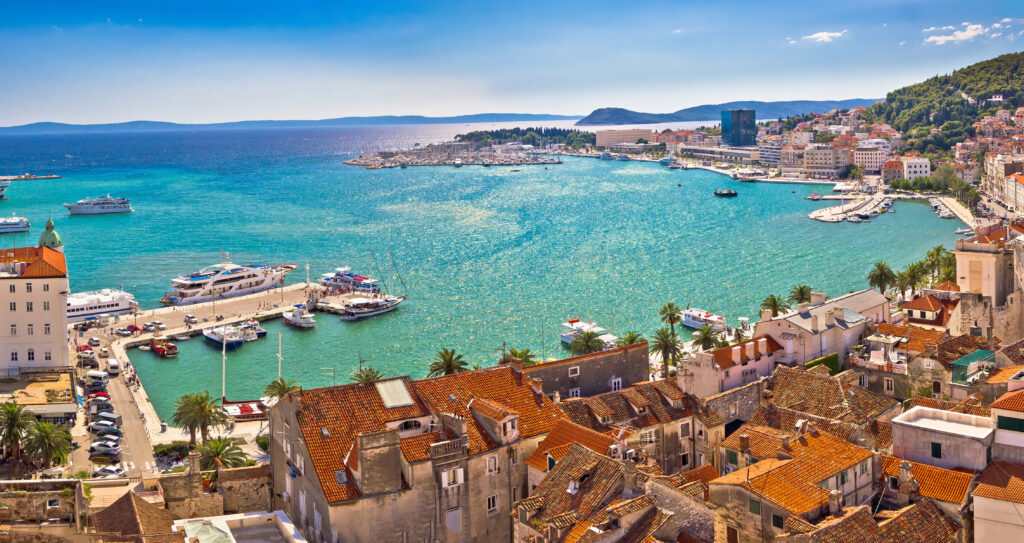Croatia’s idyllic climate is not typically associated with extreme weather events, yet the country suffers from flash flooding, forest fires, drought, heavy snow, ice, hailstorms, strong winds and heat waves, with economic losses from weather and climate-related extremes attributed to 80% of the total losses caused by natural hazards. While such events are unavoidable, their impact must be limited by increasing meteorological observations, improving forecasts and disseminating more accessible and accurate warning information.
“With the potential of future increases in the magnitude and severity of meteorological and hydrological hazards resulting from climate change, now is the time to modernize the meteorological and hydrological services throughout Croatia,” stresses Dr Branka Ivancan-Picek, director general at the Croatian Meteorological and Hydrological Service (DHMZ).
As a result, the agency is currently undertaking the largest and most ambitious project in its history, simply termed: the Modernization of the National Weather Observation Network in Croatia (METMONIC).
Launched in 2017, the €45m (US$50m) transformation program aims to establish a modern meteorological observation system comprising automatic surface stations, oceanographic buoys and remote measurement systems, including the latest radar technologies. A total of 450 automatic systems will be installed throughout the country, providing traceable, reliable and timely information on the state of the atmosphere and sea.
Room for improvement
Analysis of Croatia’s meteorological observation network and its supporting technical, information and organizational systems confirmed that there was an urgent need to increase the availability of real-time meteorological and oceanographic data.
“Technology has changed in the last decade and there is high demand for meteorological data by different economic branches and public activities,” explains Ivancan-Picek. “Also, the improvement of early warnings of severe weather and natural disasters is greatly needed in Croatia.”
Incorporated into its 2027 Strategic Plan, Croatia’s Ministry of Economy and Sustainable Development set the goal of developing a weather and climate monitoring system that would support sustainable development, safety, adaptation to climate change, and natural and environmental accident and disaster risk management.
To achieve this, the DHMZ needed to ensure that Croatia’s entire territory was covered by a modernized observation network, with regular weather monitoring and assessment of the impact of climate change. This involves monitoring essential atmospheric, oceanic and mainland climate variables in accordance with the recommendations of the World Meteorological Organization and United Nations Framework Convention on Climate Change.
These improvements would result in an increase in the quality and availability of meteorological data used in atmospheric modeling, weather forecasts, climate monitoring and in predicting climate-related information, such as that used for early warning systems.
“This will enable a better understanding of climate change and thus help us formulate appropriate policies and measures at a local and national level,” says Ivancan-Picek.
The organization’s original observation network consisted of 34 main meteorological stations, 104 climatological stations, 334 precipitation stations, 13 sea surface temperature stations and three radar stations; however, these covered Croatia’s mainland only.
To achieve maximum coverage, the project will leverage a network of five meteorological-oceanographic buoys along the eastern Adriatic coast, as well as two wind profilers, a lidar and six new C-band dual polarization weather radars.

“For the first time, the whole Croatian territory will be covered with radar data,” adds Ivancan-Picek. “Right now, a big part of our coast and sea is still without radar monitoring.
“Additionally, the five buoys equipped with different measuring devices will ensure meteorological and oceanographic monitoring at the eastern Adriatic Sea. That could be a gold mine for new scientific ideas and concepts,” she says.
Steady progress
Last year saw several key aspects of the project come to fruition, despite challenges posed by skills shortages and procurement and supply issues exacerbated by the pandemic. One of these components included the modernization of the DHMZ’s meteorological calibration laboratory (CL).
The CL successfully adopted the requirements of the new standard HRN EN ISO/IEC 17025:2017, maintaining accreditation for temperature, pressure and relative humidity gauge calibration, as well as calibration of air quality analyzer and gas mixture concentration. The scope was recently expanded on sun radiation gauge calibration, and mass flow controller and regulator scope was extended up to 100,000 standard cubic centimeters per minute.
“The CL has also presented its quality management system to the EURAMET Technical Committee for Quality in written and oral presentations, and both were accepted without further comments,” says Ivancan-Picek.
Another key component of METMONIC is the improvement of upper-air measurements, facilitated by the installation of a wind profiler and a lidar, the installation of which was completed in 2021 and the data from which is already internationally available.
Additionally, the first of six new radars was installed at the end of 2021 and is currently operational, with the new data available from January 2022. A second radar system is also under testing and a third is currently being installed in Debeljak, near Zadar. The DHMZ plans to have the entire radar network installed and operational before the end of 2022.

At the turn of the year, meteorological instrumentation provider Biral was contracted by DHMZ to supply 34 of its VPF-750 Visibility and Present Weather sensors as part of the program. Biral will partner with Slovenian IT specialist CGS Labs to lead the installation of the sensors.
The VPF-750 enables the reporting of freezing precipitation in addition to the weather codes typically available from a forward scatter sensor. The sensor is designed for use in aviation applications where extended weather information, including past weather, is required for inclusion in METARs.
Benefits for all
When the project concludes in June 2023, it will enable the continuous monitoring of weather, climate and climate change, and will improve early warning systems for hazardous weather. This will support the adaptation of systems to climate change and natural disasters, providing direct support to sustainable development, increasing security and preserving human lives and goods.
“The quality and quantity of the real-time data will be improved a lot,” says Ivancan-Picek. “Analysis, short range NWP forecasts and early warning systems – meteorological, hydrological and oceanographical – will have sufficient input data for production and verification, and that should lead to the improvement of the system.”
Current and archived data will also be made publicly available on the DHMZ website, and this will serve research institutions, non-governmental organizations and interested users, especially in research related to climate change and its impact on vulnerable sectors. Also, interpretation of gathered data will benefit stakeholders in the fields of agriculture, tourism, transportation services, construction, energy management and municipal services, among others.
Following the completion of METMONIC next year, DHMZ plans to create a completely new climate information interface for users, to fulfil the needs of different sectors. However, before this can be done, DHMZ will need to be relocated to a new base after a 5.3 magnitude earthquake caused considerable damage to its 19th century headquarters in Zagreb on March 22, 2020. No one was injured during the event, but the building was deemed unsafe to work in.
“The earthquake in Croatia was a reminder of how natural hazards can endanger the role of national meteorological services in serving society and protecting lives and property,” says Ivancan-Picek. “Through effective collaboration with ECMWF and EUMETSAT, DHMZ was able to ensure the resilience of its critical weather services following the earthquake, while showcasing the usefulness of the European Weather Cloud and other services at ECMWF.”
To read more from the April 2022 issue of Meteorological Technology International, click here.



